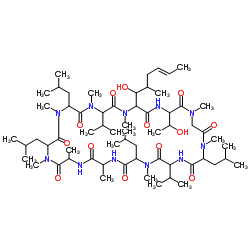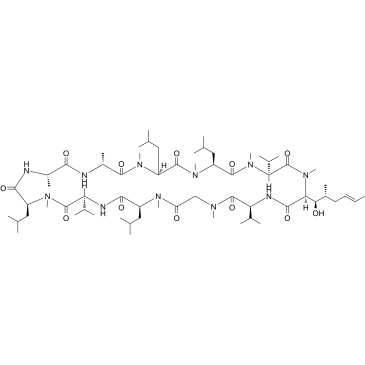| Structure | Name/CAS No. | Articles |
|---|---|---|
 |
Thr2-Cyclosporine
CAS:59787-61-0 |
|
 |
Val2-Cyclosporine
CAS:63775-96-2 |